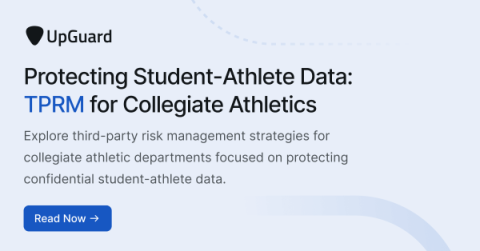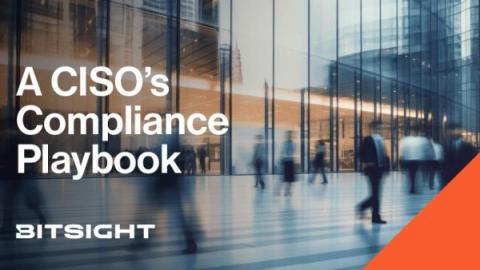Bolstering Cyber Resilience in the US Water Sector: A Call to Action
Tomorrow, February 6, 2024, the House Homeland Security Committee will hold a hearing on securing US water systems from cyberattacks. Following last year’s widely publicized attack on the municipal water system in Aliquippa, Pennsylvania, Congress, the Cybersecurity and Infrastructure Security Agency (CISA), and industry leaders have rightly increased their focus on the unique risks facing water systems across the country.









